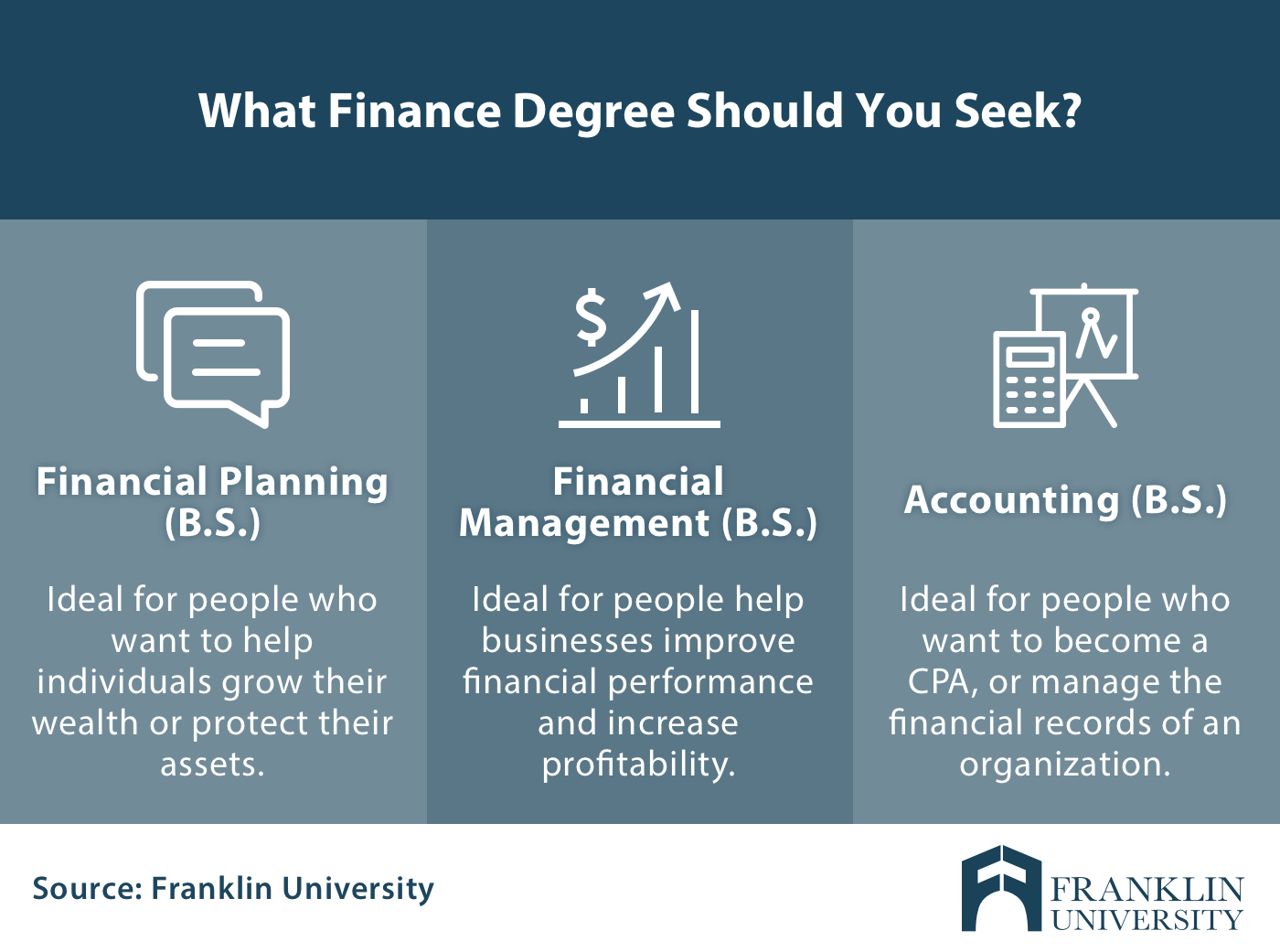While some lawmakers called for $3 billion to be appropriated for DPA costs, the CARES Act included only a 3rd of that amount. Some news reports show that more costs steps might be tough to make it through the Senate. Then and now, the US system of government's numerous veto points make emergency action harder than under parliamentary or authoritarian systems. A work-around, as social researchers Sarah Quinn and Suzanne Mettler have argued, is so-called off-balance sheet cash creation. The RFC, for instance, was enabled to borrow cash from the Treasury and the capital markets, and after that invest in relief and mobilization efforts that would ultimately generate a return for taxpayers, all while skating past austerity hawks figured out to cut or freeze federal government costs.
Though this enables a lot more financial firepower to be brought to bear, it comes with its own costs. As social researchers Chris Humphrey, Eugnia C. Heldt, and Henning Schmidtke have discovered, contemporary advancement banks need to pay close attention to the whims of Wall Street and the credit rating companies that rate their bondsskewing their concerns towards the preferences of personal financing. In some ways, the US is there already, as much of the emergency situation response is run by the Federal Reserve, an autonomous agency that is partially governed by personal banks and does not have the democratic responsibility of other executive branch companies.

A rebooted RFC might solve that problem. Throughout the New Deal and World War II, it brought democratic responsibility to a procedure that otherwise would have moved significant powers to fund. At first, when the RFC was developed under Hoover, the Fed was on its board. However, in the first few months of operation, the Fed's choice for austerity and hands-off interference with personal management prevented its reliable operation. By the summer, the more qualified and relief-friendly members of the board were able to get the Fed off, gaining the majority and holding it afterwards. Unlike the Fed, the RFC can and did require out bad managers and need strong labor standards in private business gaining from loansall things the puffed up financial sector could gain from today.
Finally, as I have actually argued in Politico, the RFC's initial year of operation (in an election year!) offers lessons for how Congress can inspect Trump's incompetence and venality. The most substantial elements of the RFCthe kinds of jobs it chose to fund, the method its board was structured to accomplish bipartisan balance, avoid cronyism, and conquer the timidity of a Republican presidentwere pressed by Democrats in your home majority and Senate minority, whose votes were required to authorize creation of the corporation. This specific constellation of power corresponds the one today, and shows how bipartisan power-sharing on a new RFC board might allow more oversight.
In 1975, over concerns that smaller universities and colleges were suffering from low enrollment due to the fallout from the oil shocks and recession, Rep (What does nav stand for in finance). Peter Peyser (R-NY) presented a bill to create a College Reconstruction Financing Corporation. More recently, after the destruction of Hurricane Irma in 2016, Sen. Bernie Sanders proposed a Puerto Rico Restoration Finance Corporation that would buy up bonds from the island's struggling community federal governments and corporations. And, in March 2020, Rep. Danny Davis (D-IL) laid out a plan for an RFC-style National Facilities Bank that would resolve the nation's $4. 6 trillion deficit in public works.
Here, history is likewise a guide. When initiated, the RFC was slated to operate for only a year, with a focus mostly on banks. But absolutely nothing succeeds like success, which first year showed how efficient government could be: The RFC and its https://thedailynotes.com/real-estate-marketing-tips/ subsidiaries would eventually have a hand in practically every aspect of market. A Health or Food Supply Restoration Corporation in 2020 could once again demonstrate the concept's worth, paving the method for a wider Green Restoration Corporation in 2021.
The creation of the Reconstruction Finance Company was the very first substantial action required to fight the Great Anxiety. It was developed to offer support for small banks which the Federal Reserve might not help. In addition, the Federal Reserve was a conservative organization, and its fear of inflation made it very hesitant to increase the cash supply. As an outcome, the Congress passed the Reconstruction Finance Corporation Act of 1932. The act was passed with broad support from both Democrats and Republicans. The Act was signed into law by President Hoover on January 22, 1932. It started to lend to little banks.
The Only Guide for What Is The Reconstruction Finance Corporation
The RFC could not only loan to banks that it Federal Reserve might not, however also might use security that the Federal Reserve could not. The RFC raised a preliminary $500 million by offering bonds the United States Treasury, that rapidly grew to $1. 5 billion. In its very first year the RFC lent $1. 5 Billion, and through 1941 the RFC lent a total of $9. 465 Billion.
is Henry Kaufman Professor of Financial Institutions, Columbia Company School, a research study associate of the National Bureau of Economic Research, and a going to scholar at the International Monetary Fund. is Hermann Moyse, Jr./ Louisiana Bankers Association Chair of Banking, Louisiana State University and Elder Fellow, The Wharton School. is William F. Podlich Professor of Economics, Claremont Mc, Kenna College. is a graduate of Claremont Mc, Kenna College. Copyright 2013 Elsevier Inc. All rights booked.

Jesse Jones with President Franklin Roosevelt In 1929, the nation began its steep slide into the depths of the Great Depression. In 1931, when it ended up being apparent that 2 failing Houston banks were about to bring down all the others in the vacation ownership interest area, Jones called the city's leading entrepreneurs to his office to exercise a strategy that would enable the stable banks and numerous regional companies to rescue the two failing banks. As an outcome of Jones's leadership and fiscal dexterity, no banks in Houston stopped working during the Great Depression. This extraordinary achievement captured the attention of President Herbert Hoover, who quickly selected Jones to the Reconstruction Finance Corporation (RFC).
When Franklin D. Roosevelt became president, he broadened the RFC's powers and elevated Jones to chairman. Rapidly, the Restoration Finance Corporation became a central pillar of Roosevelt's New Offer. As chairman, Jones directed billions of dollars toward needy banks, markets, farmers and people - How do you finance a car. He had nearly complete autonomy in deciding where the government's money must go, and viewed these loans as an investment by America to its individuals. The RFC did not simply make grants or loans, it also bought stock in having a hard time business, giving the federal government a voice in how those enterprises were run. Jones had $50 billion at his discretion, a remarkable sum that offered him immense power.